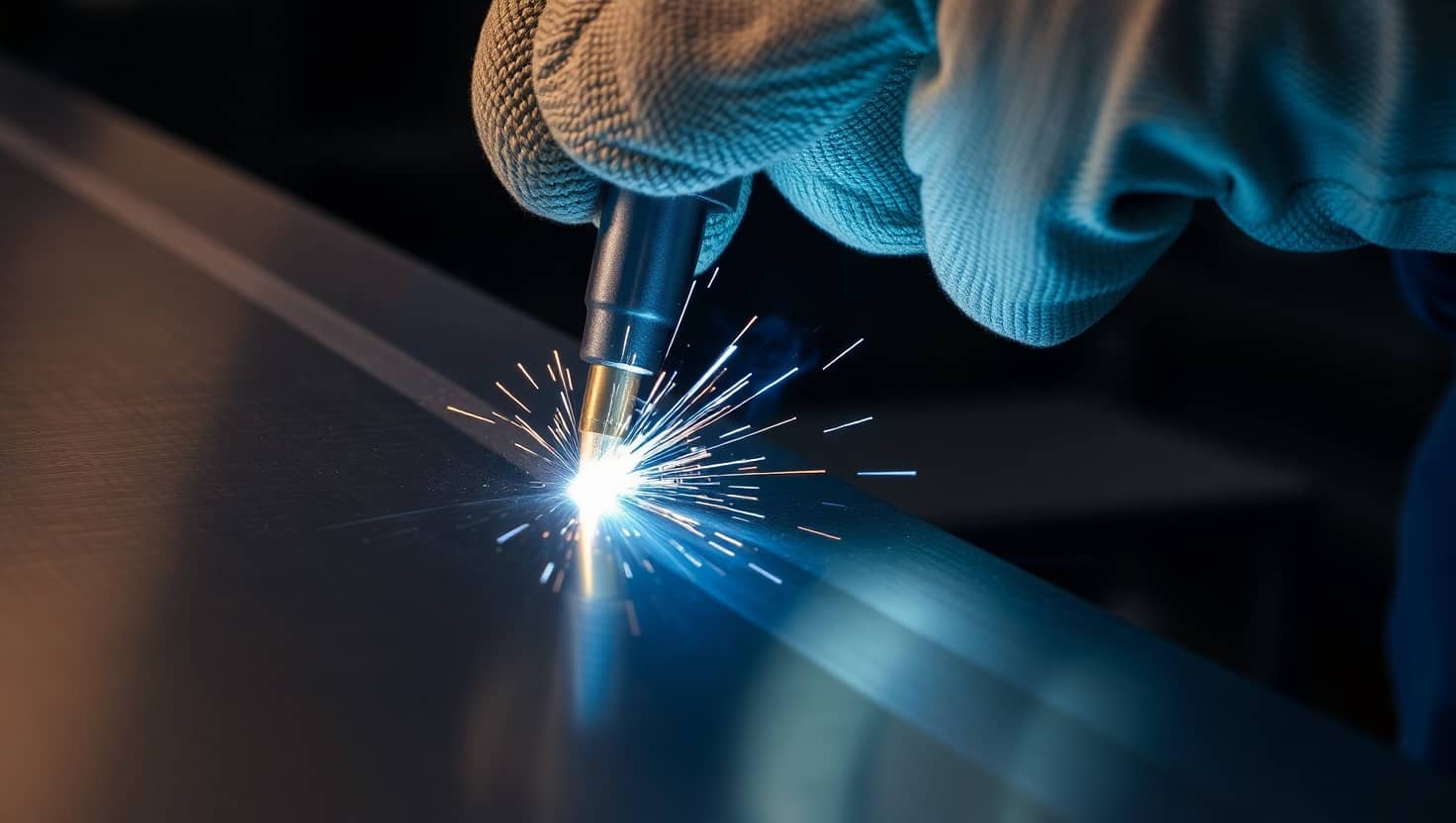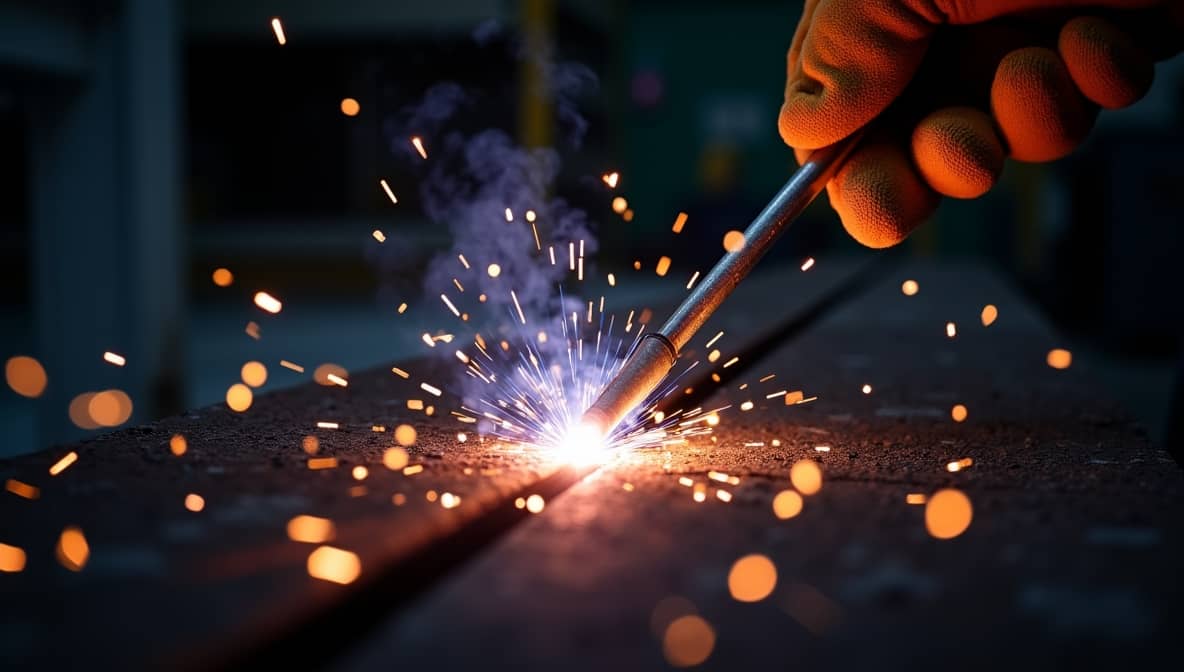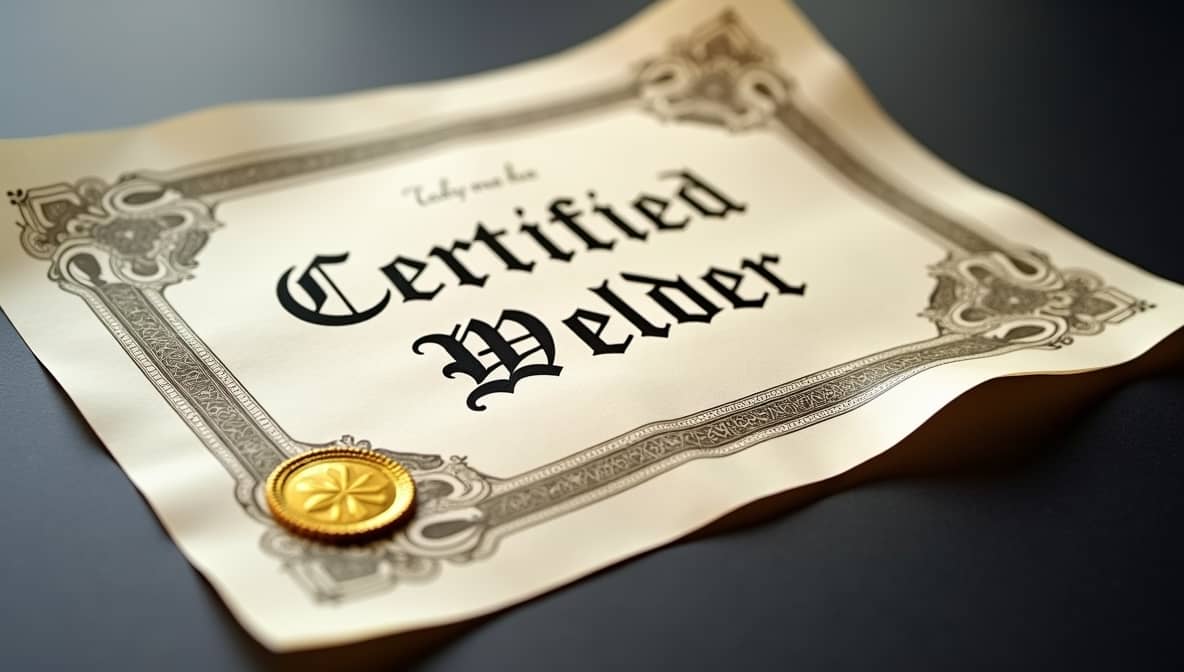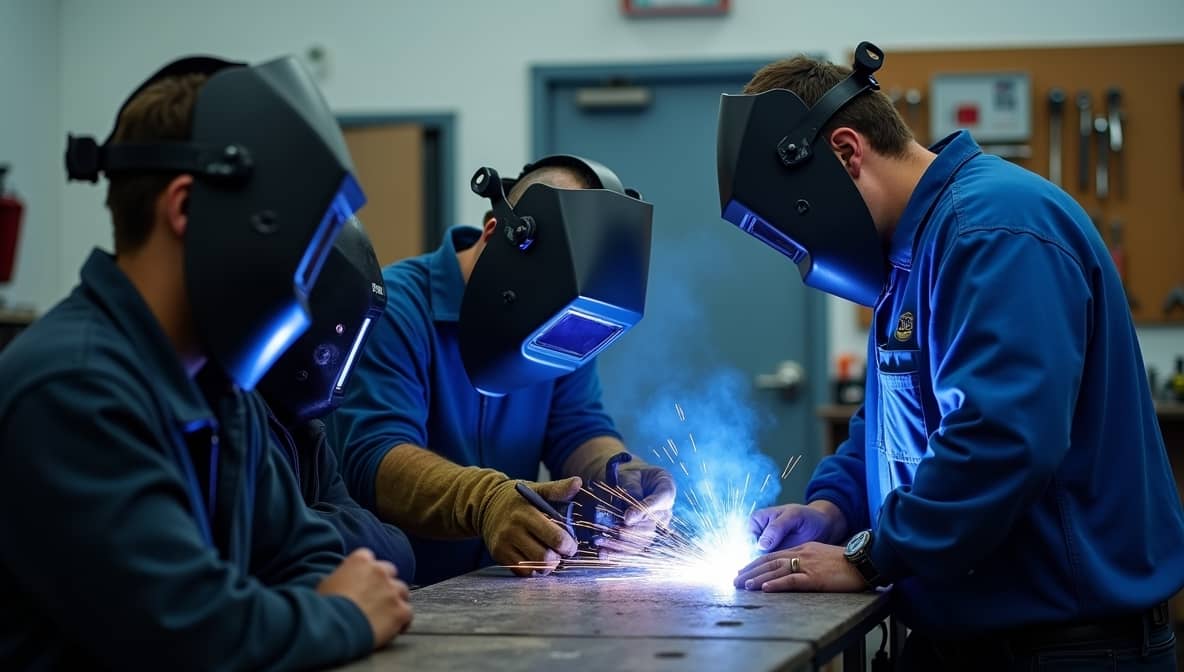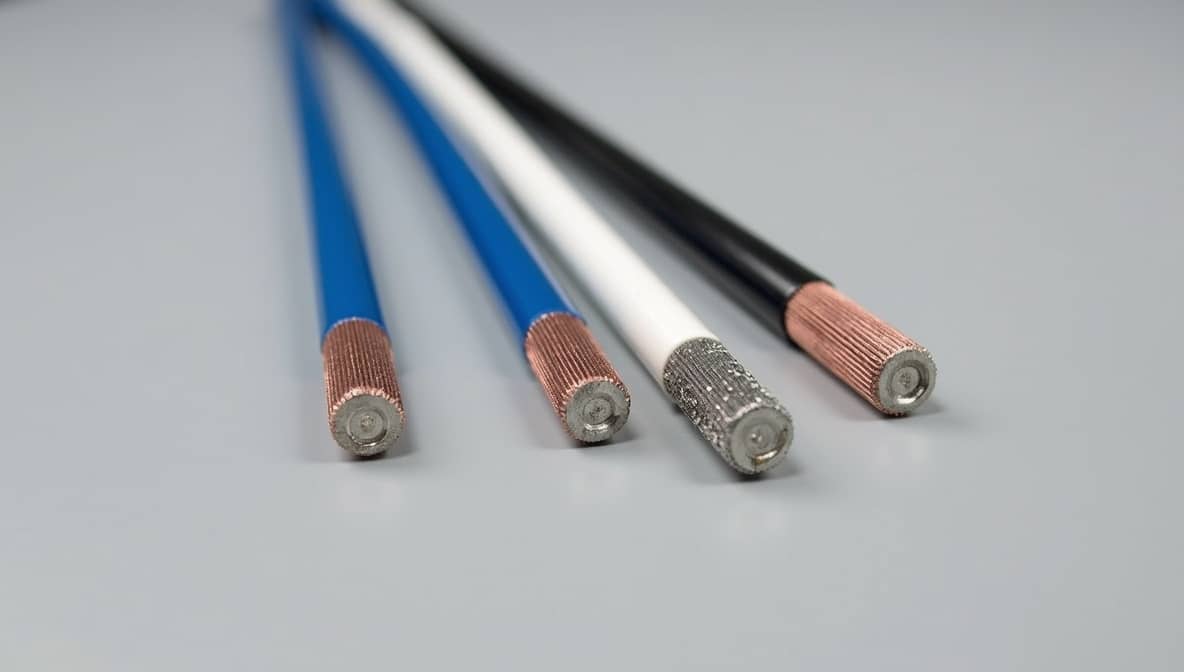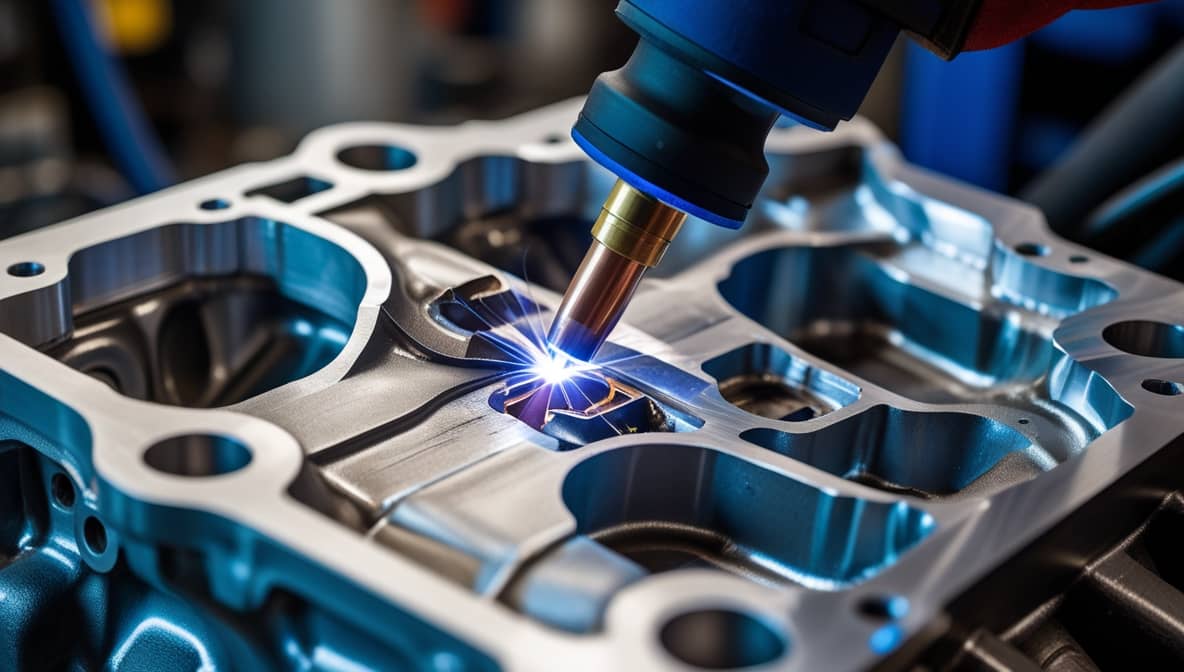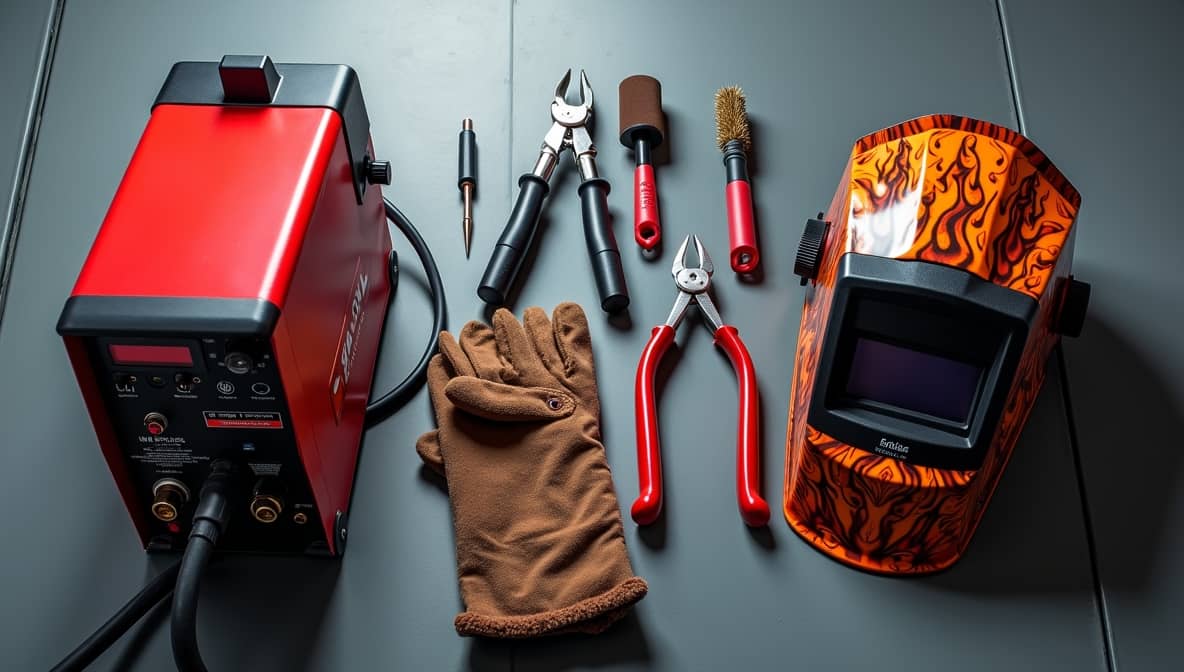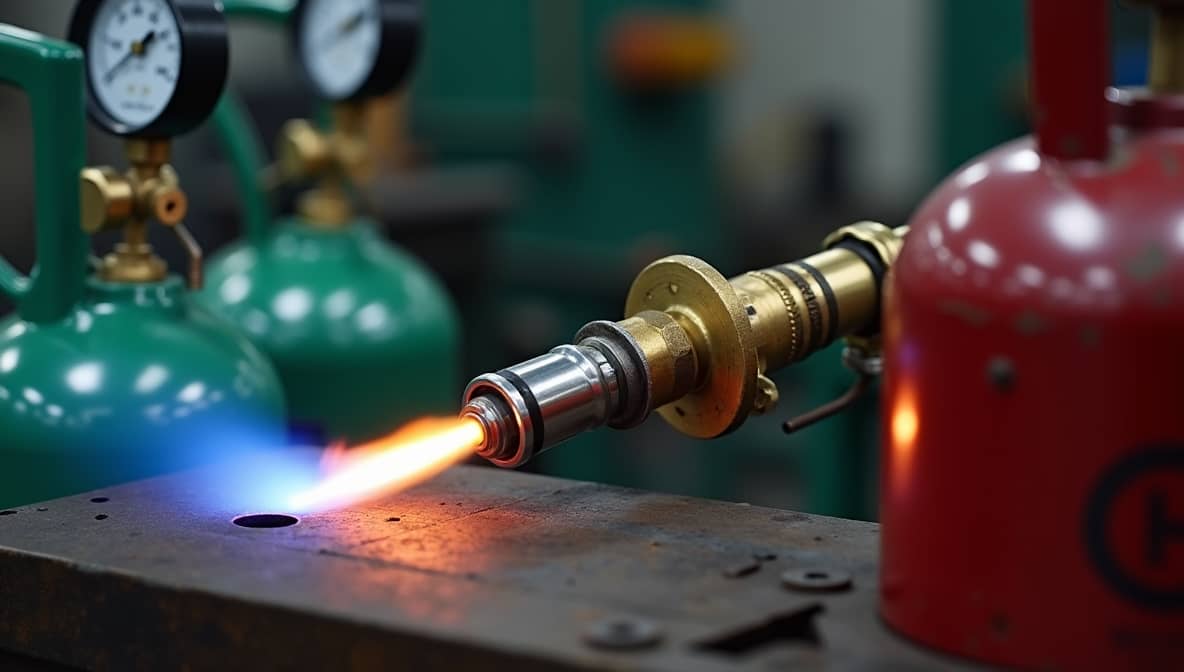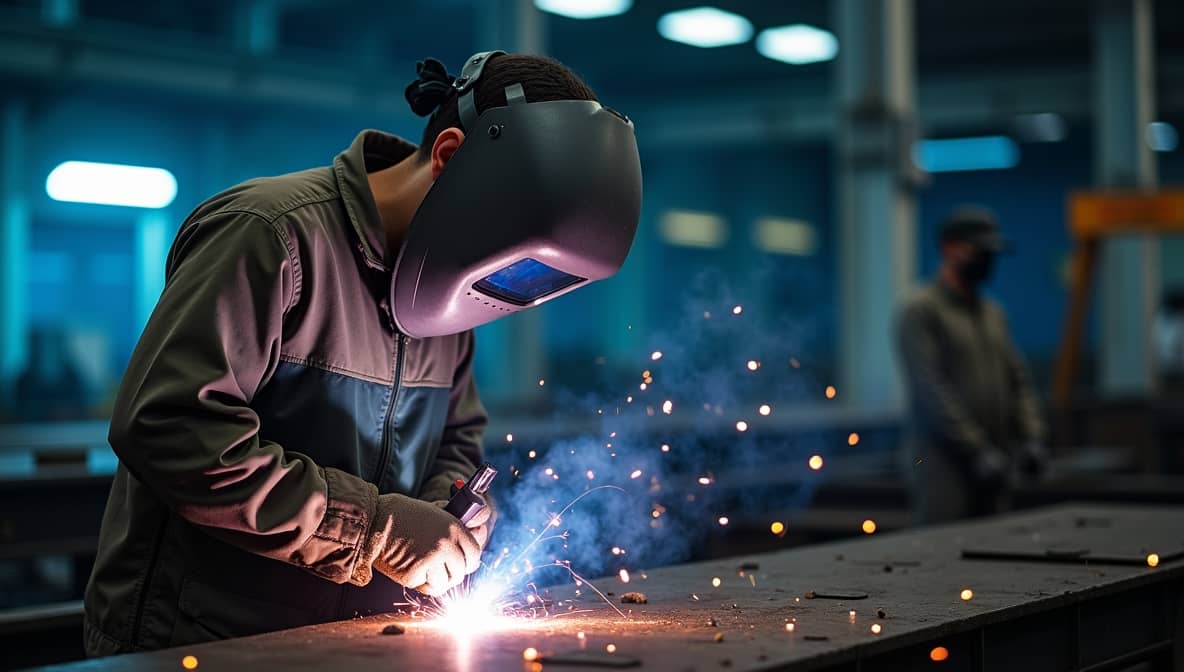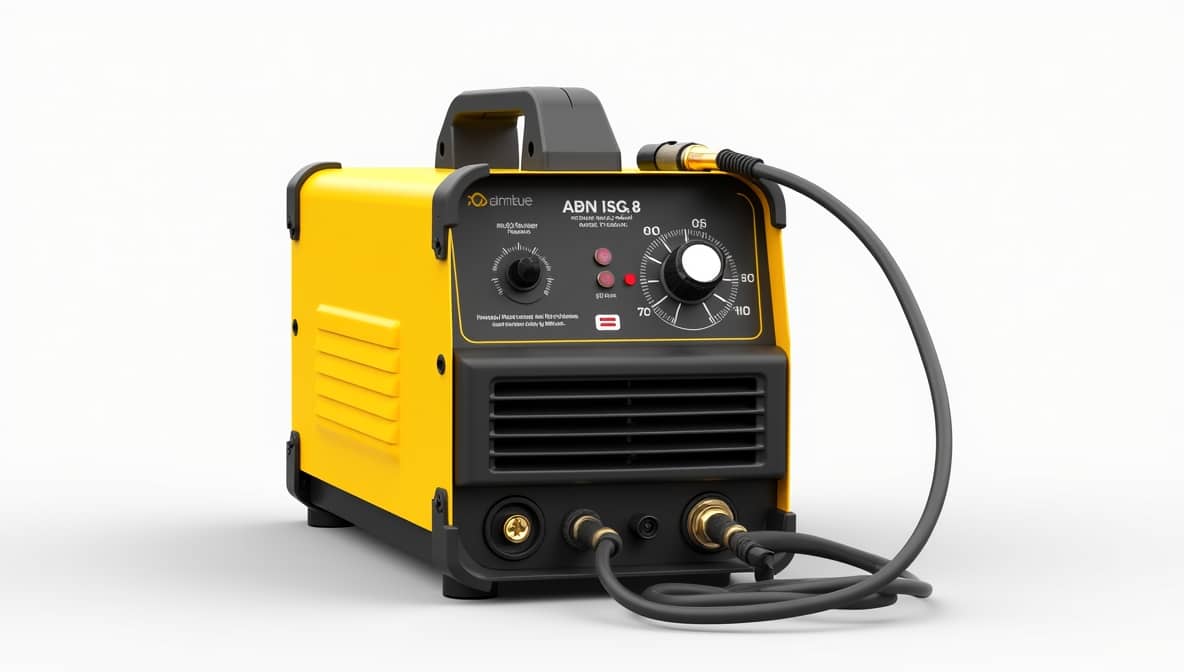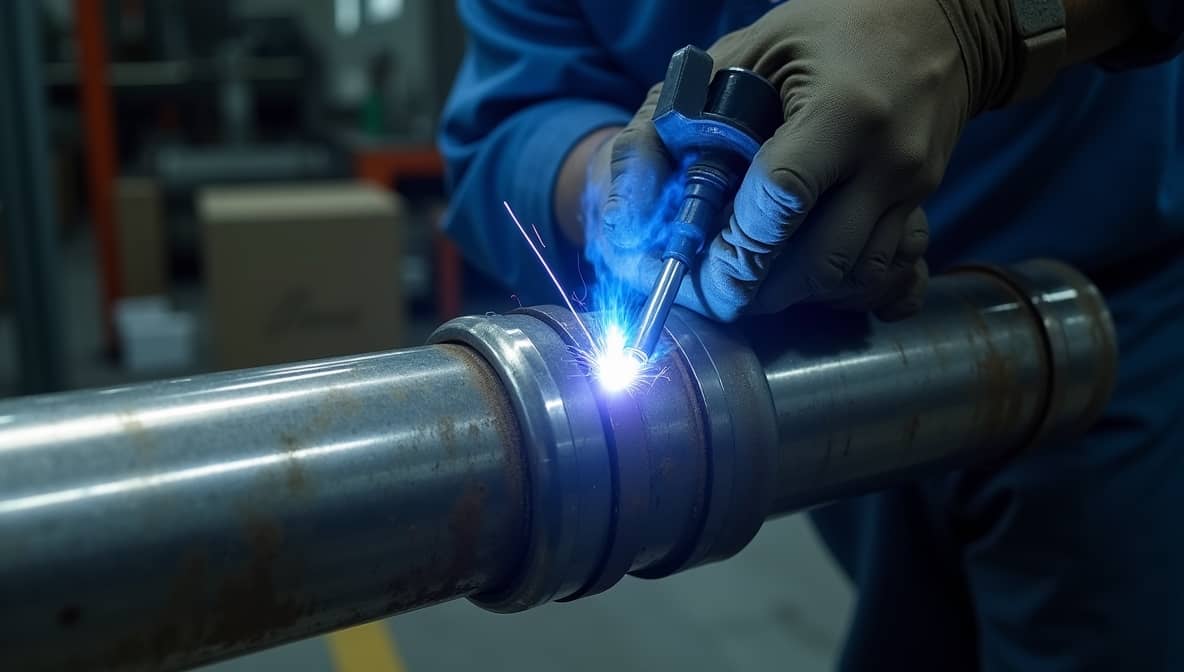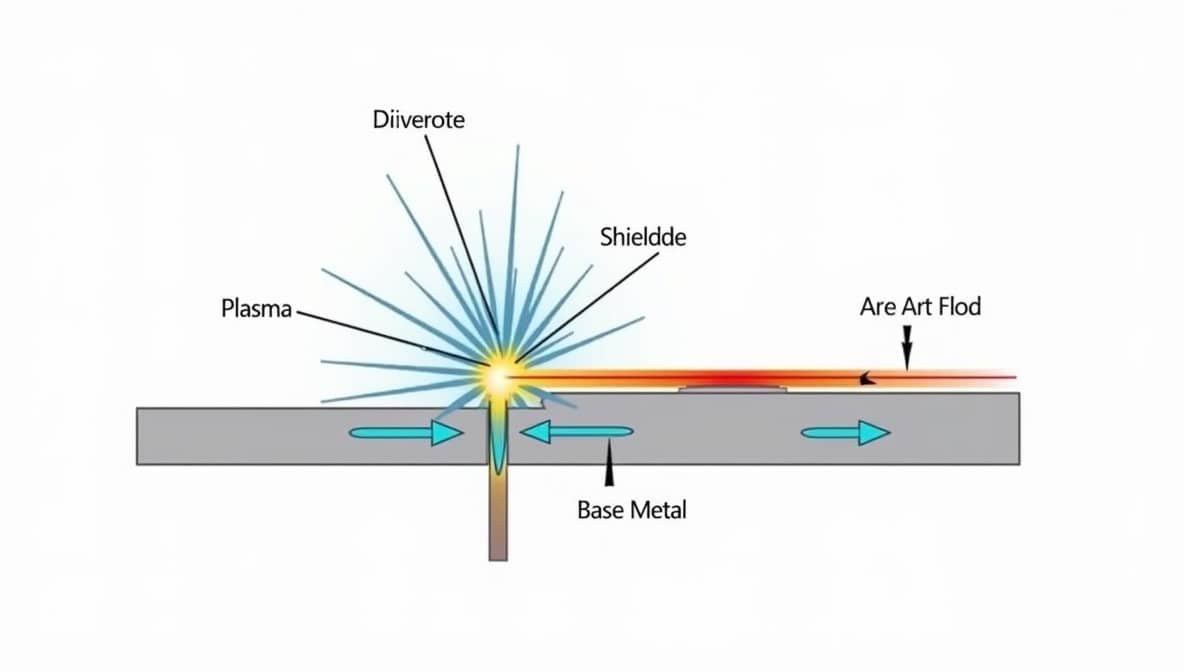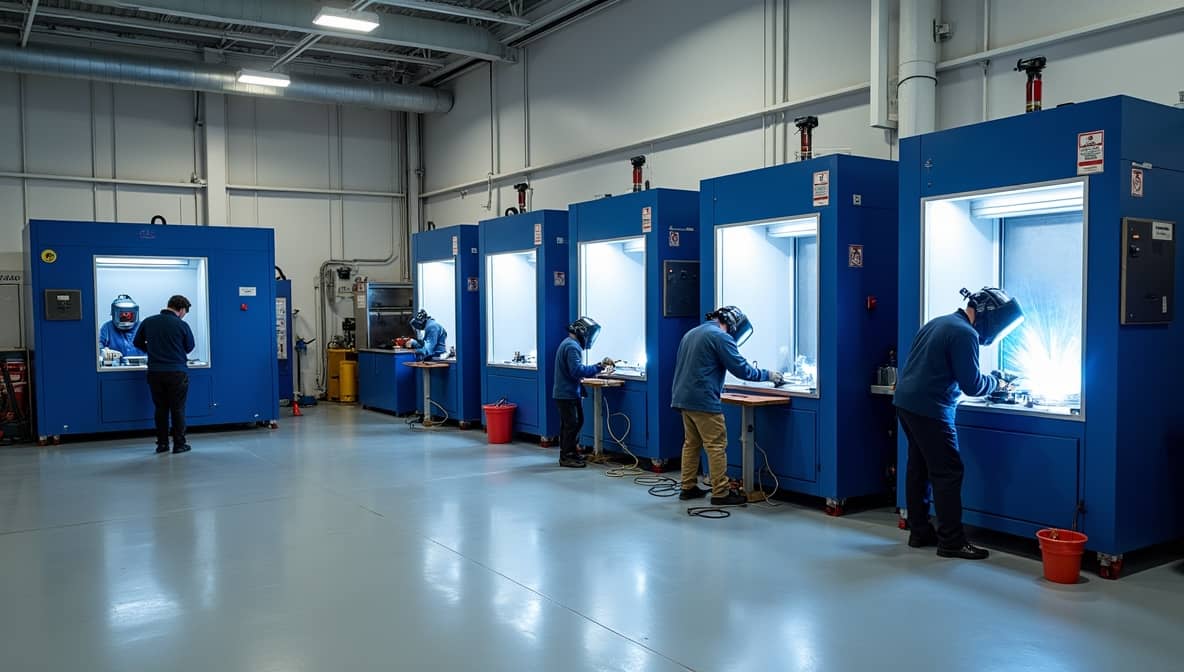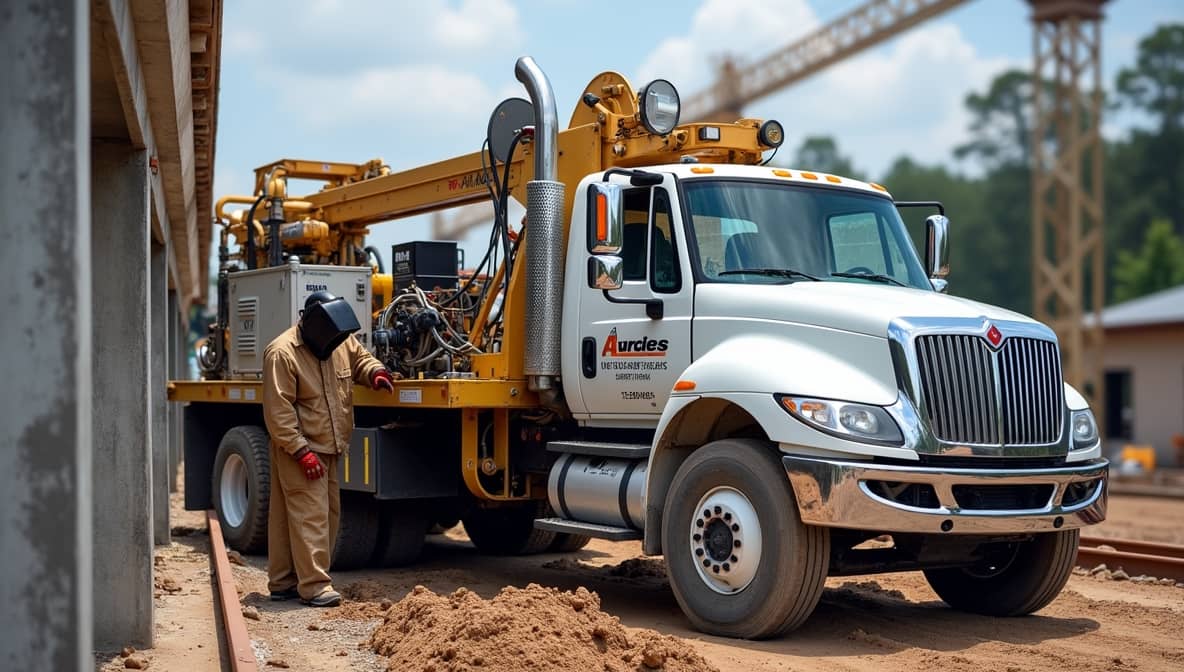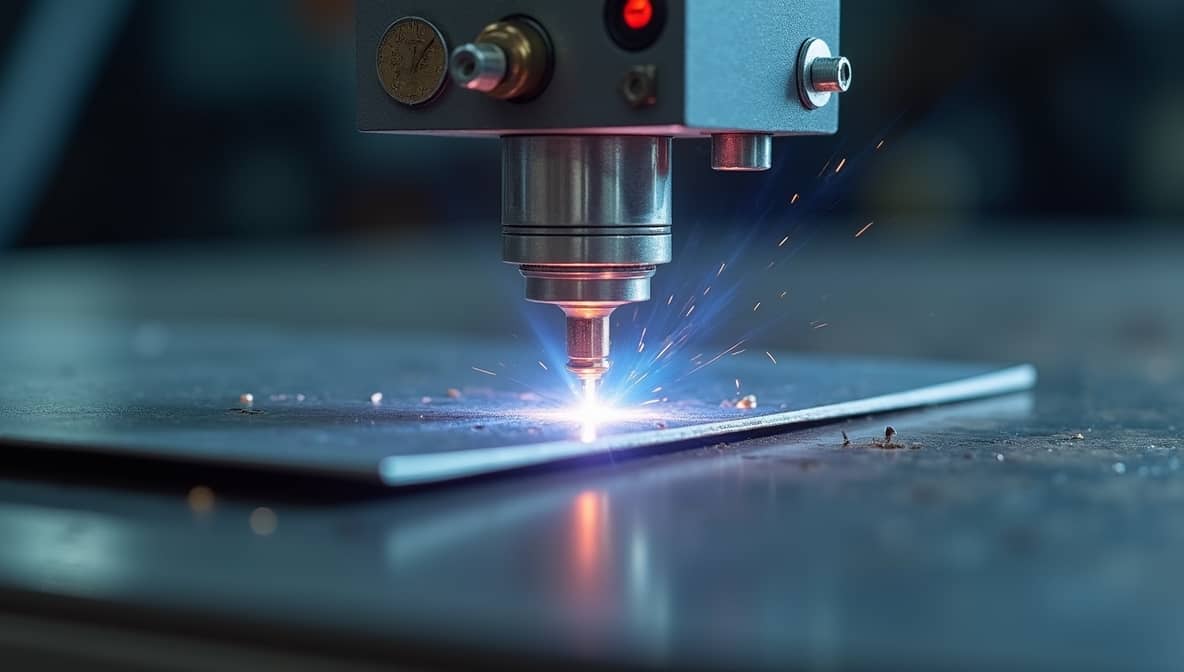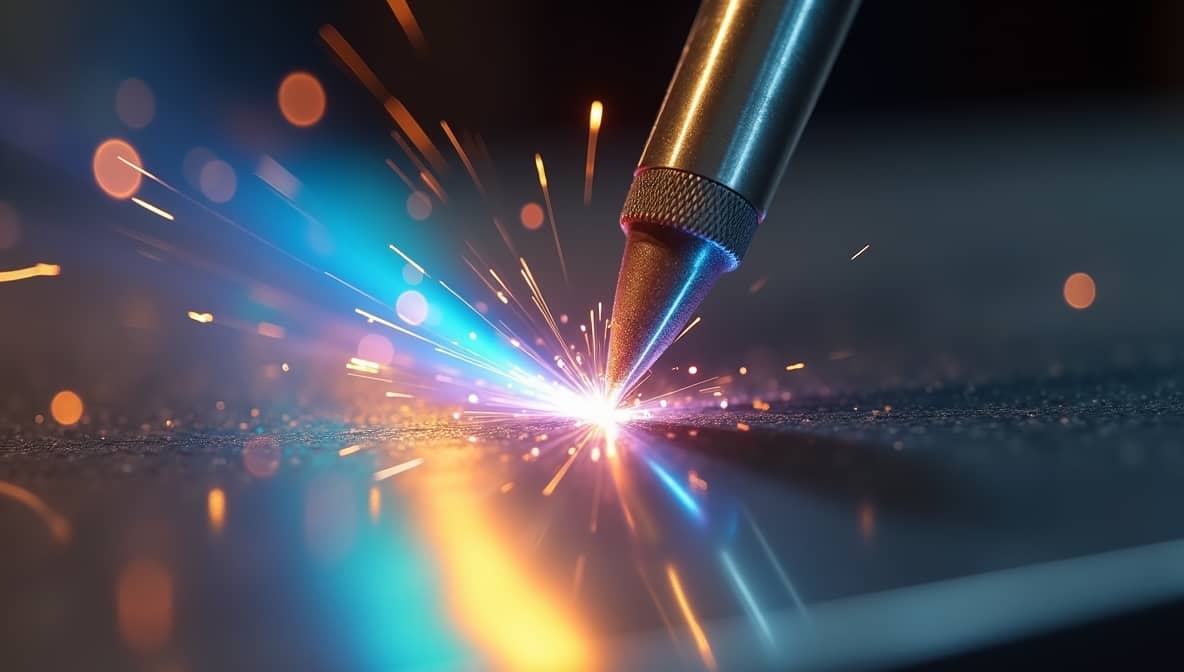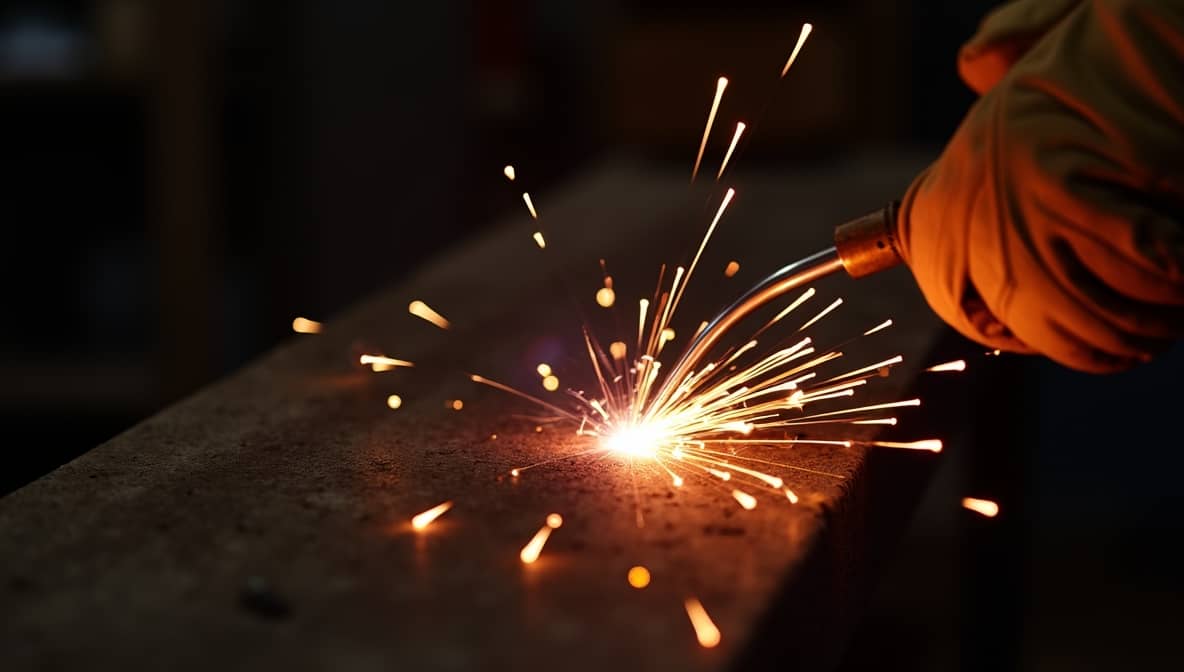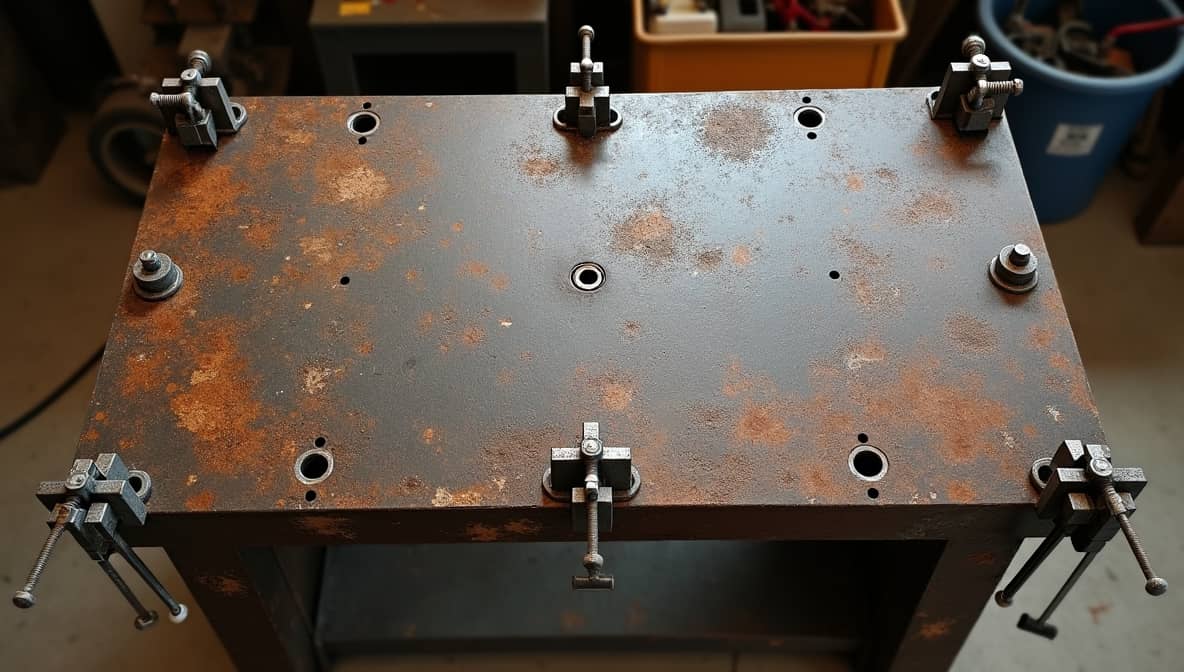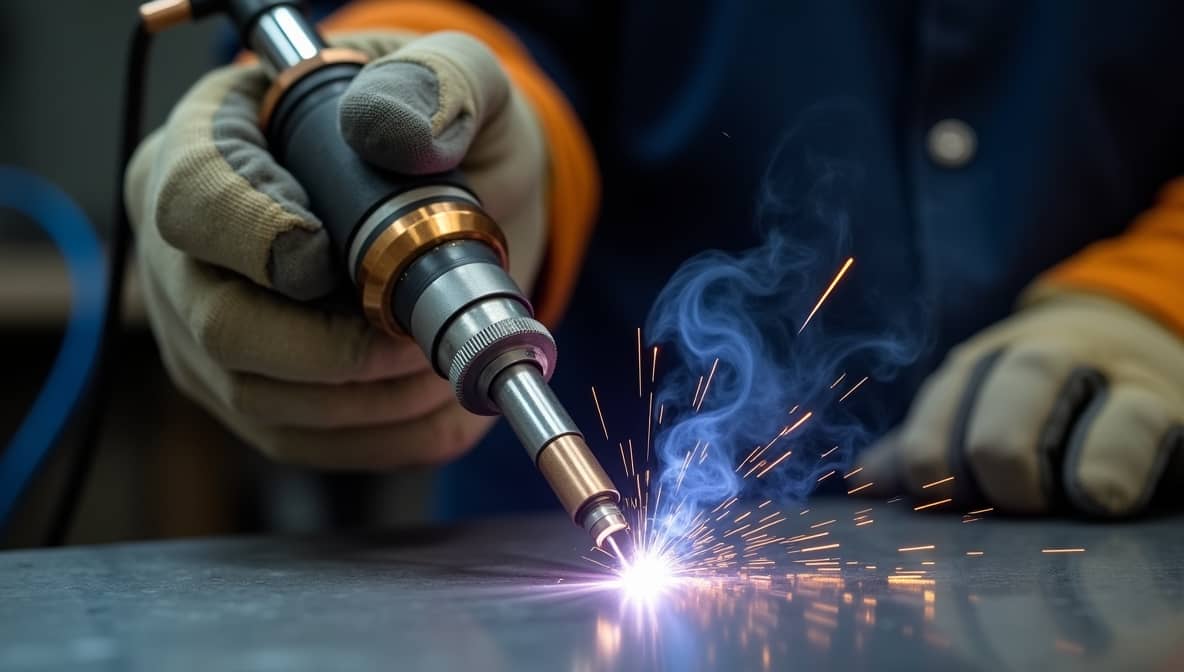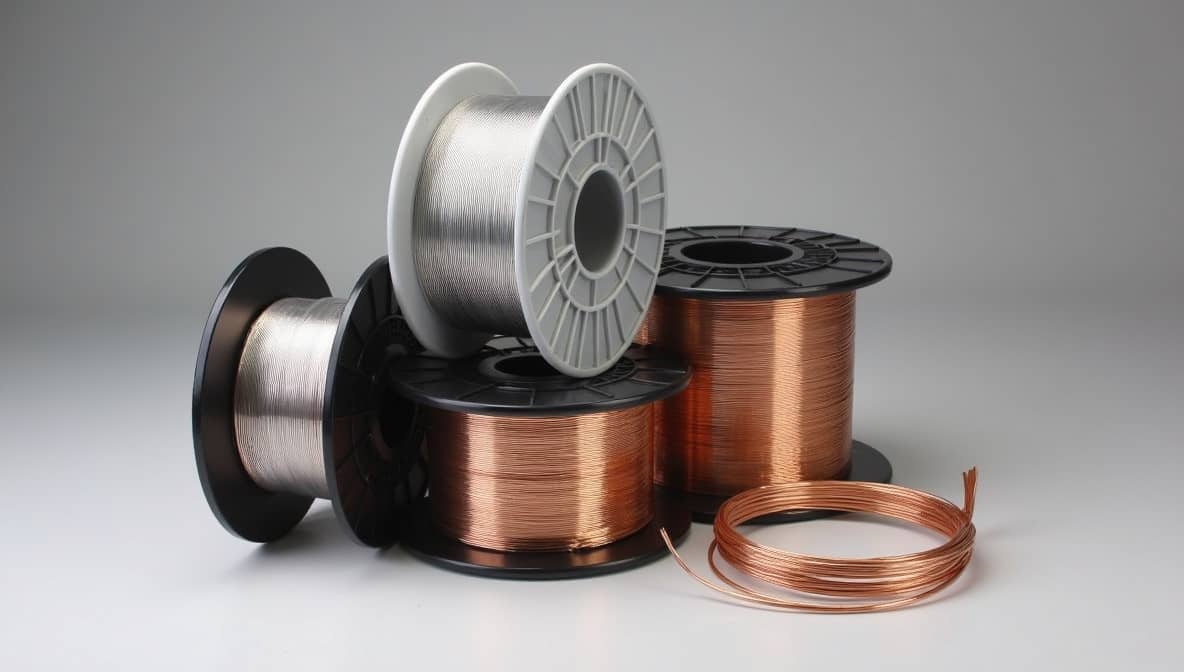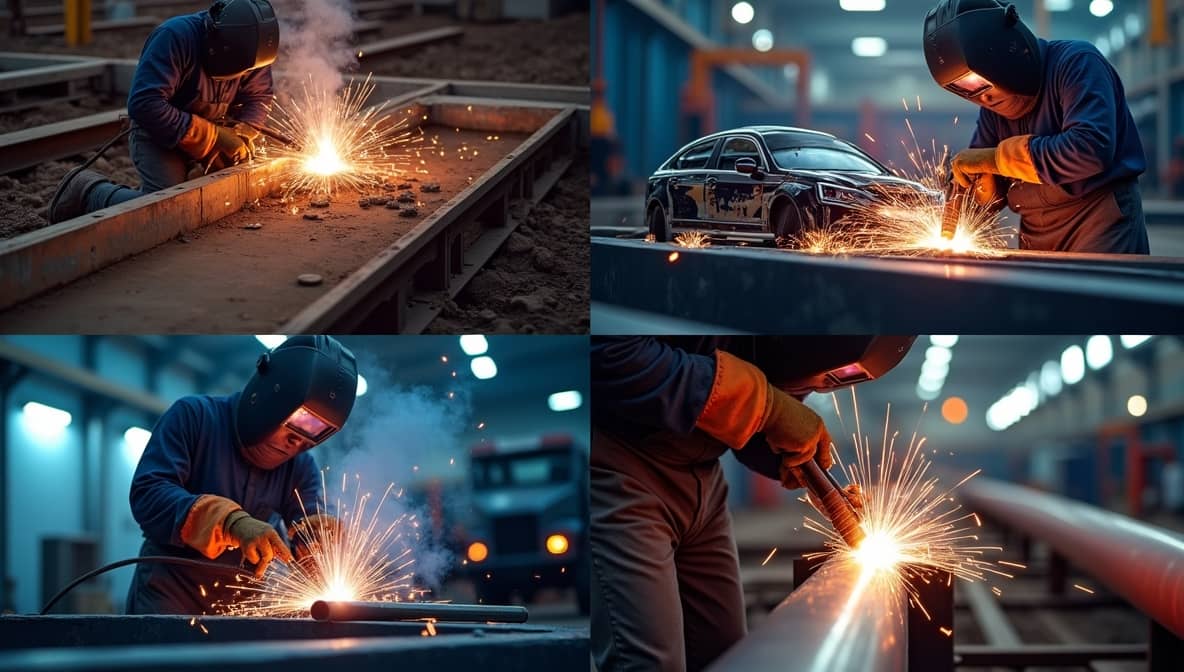Welding Wisdom for Professionals and Beginners Alike.
Start from herePrecision Welding Insights at Your Fingertips
Building Stronger Connections through Welding
Explore Welding
Discover comprehensive resources across all welding disciplines. From beginners looking to start their journey to professionals seeking advanced techniques, WeldingHubs has you covered.
Aluminum Welding
ExploreARC Welding
ExploreWelding Certificate
ExploreWelding Classes
ExploreElectrode
ExploreEngine Welding
ExploreWelding Equipment
ExploreFlux
ExploreGas Welding
ExploreHelmet
ExploreWelding Job
ExploreWelding Machine
ExploreMIG Welding
ExplorePipe Welding
ExploreWelding Process
ExploreSafety
ExploreWelding School
ExploreWelding Service
ExploreSpot Welding
ExploreStainless Welding
ExploreStick Welding
ExploreWelding Table
ExploreWelding Technology
ExploreTIG Welding
ExploreWelding Training
ExploreUnderwater Welding
ExploreWelding Wire
ExploreUses of Welding
ExploreLatest Articles
Welding 16 Ga Aluminum: Essential TIG and MIG Techniques for Thin Aluminum Success
To weld 16 gauge aluminum, use a TIG welder, such as the Hobart EX. Remove oxide with a stainless steel brush. Choose the right electrode type, like 2% lanthanated 1/16”….
Welding 2000 Series Aluminum: Essential Techniques and Tips for Success
2000 series aluminum includes high-strength aerospace alloys mixed with copper. These alloys have heat sensitivity, making welding challenging. Friction welding and certain arc processes can enable joining. Resistance spot welding…
Welding 6061 Aluminum to 5052: Techniques, Compatibility, and Practical Applications
Aluminum 6061 and 5052 are weldable alloys. Use 5356 filler for strength or 4043 for crack resistance. Welding 6061-T6 may weaken the alloy from heat. Avoid magnesium silicide, which is…
Welding a Small Crack in an Aluminum Rim: Safety, Repair Insights, and Risks
You can safely weld a small crack in an aluminum rim if it is 1.5 inches or smaller. The crack should be a repairable crack located on the middle or…
Welding Aluminum All Day: Health Risks, Dangers, and Effective Solutions
Exposure to aluminum welding fumes can irritate the eyes, nose, throat, and lungs. Long-term exposure may result in metal fume fever, causing symptoms like cough, chills, and muscle aches. To…
Welding A356-T6 Aluminum: Techniques, Filler Alloys, and Strength Insights
Welding A356-T6 aluminum involves managing the heat-affected zone (HAZ), which can lower mechanical properties. Popular methods are Gas Tungsten Arc Welding (GTAW) and Gas Metal Arc Welding (GMAW). Selecting the…
Welding 80/20 Aluminum: The Best Choice for Your T-Slot Building System?
Welding 80/20 aluminum involves joining thin aluminum sections, often made from 6061-T6 or 7075 series. It requires removing anodized surfaces to ensure a strong bond. This aluminum offers excellent corrosion…
Welding 954 Aluminum Bronze: Essential Tips for Stronger Joints and Techniques
To weld 954 Aluminum Bronze, use nickel aluminum bronze filler wire to prevent cracking. Ideal methods are MIG and TIG welding; avoid oxyacetylene techniques. This alloy has strong tensile strength,…
Welding 7075 Series Aluminum: Techniques, Challenges, and Comparisons with Other Alloys
Welding 7075 series aluminum presents challenges due to phase segregation. When heated, the combination of aluminum, zinc, magnesium, and copper can flow unevenly. This causes structural weaknesses and often results…

